Vusumzi Nkomo attended a conference in Cape Town that explored multiple aspects of creating a fairer, more sustainable ecosystem for art practitioners and viewers.
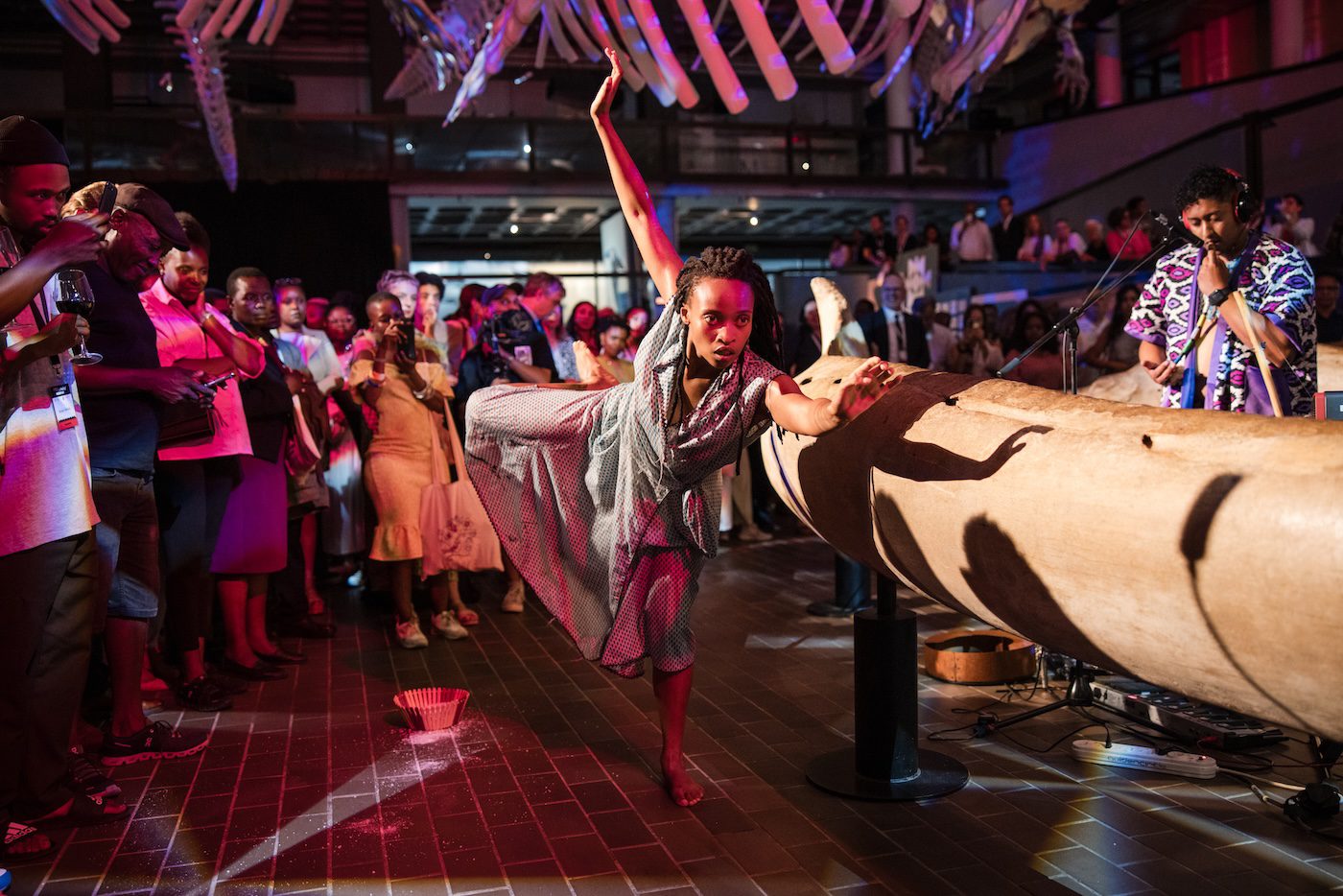
Karen Winter Photography/ Courtesy of the French Institute of South Africa
From 13 to 15 February we gathered at the Homecoming Centre (formerly known as the Fugard Theatre) in Cape Town for a convening titled “Reimagining Heritage, Archives and Museums: Today/Tomorrow.” The three days of discussion and performances were animated by a desire to, as most panelists often repeated (as if rehearsed), “construct an ecosystem” that grows and sustains the art world including, in the South African and African art scenes, those practitioners who toil in the margins.
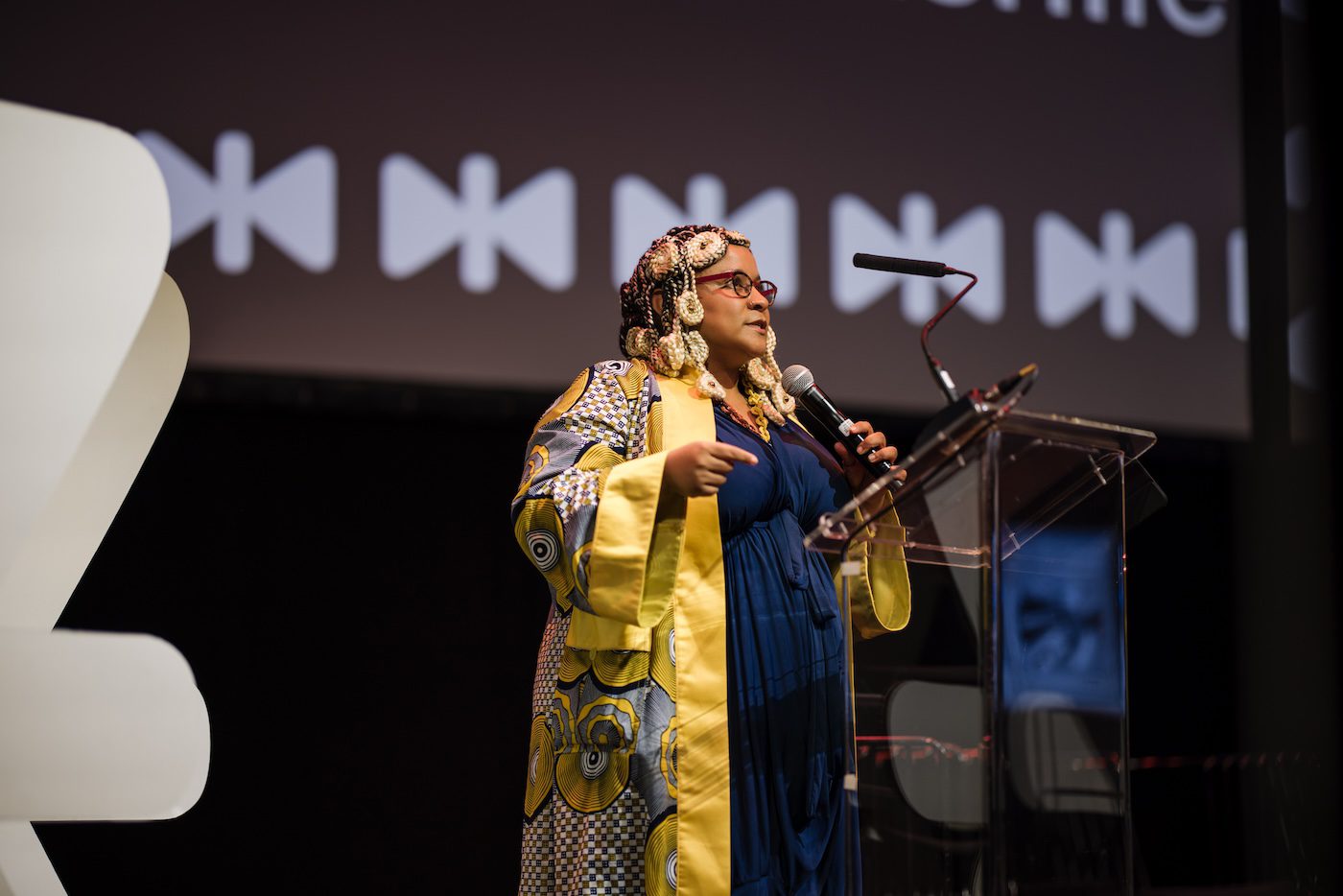
Lebogang Mashile. Karen Winter Photography/ Courtesy of the French Institute of South Africa
Against the visible backdrop of District Six, the gathering warranted a critical engagement owing to the curious investment by the Institut Français d’Afrique du Sud/French Institute of South Africa (IFAS) and the Embassy of France, i.e., the French government, represented by Ambassador David Martinon. The host, South Africa poet Lebogang Mashile, reminded us that we must know the history of District Six “if you want to understand what happened ‘here’,” that is, what happened in Cape Town starting in 1652 and reached extreme levels when the area was declared a Whites Only territory in the mid-1960s. The new executive director of the District Six Museum, Zeenat Patel-Kaskar, reminded attendees of the long-term cultural and political effects of the apartheid regime’s forced removal of families, and how it sought to destroy a culture of cinema-going and storytelling.
In his opening address, Martinon stressed the importance of maintaining healthy bilateral relationships between South Africa and France. These relations were said to be historical, as evident and expressed by the gesture of the French government’s “commitment” to returning historical artworks and human remains expropriated during the dark days of colonialism. This is a promise or rather a “historically evolved position” and path-finding pact championed by current French President Emmanuel Macron, argued the ambassador. His reference to this act as engendering a “new relational ethic with Africa” came in stark contrast to the manner in which France is incurring diplomatic defeats in some of its former colonies in West Africa, which have recently resorted to expelling elements of the former European colonial superpower.
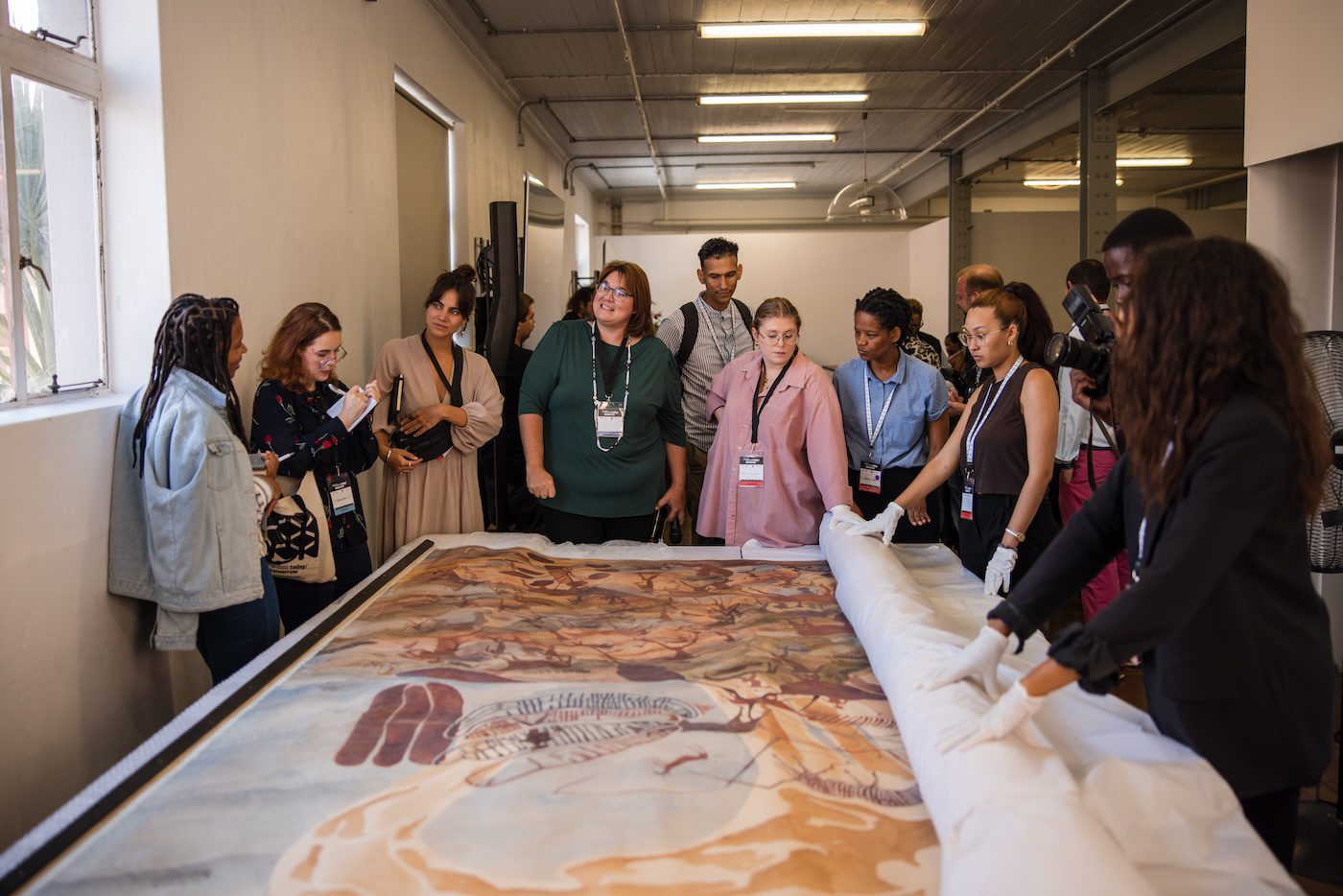
Karen Winter Photography/ Courtesy of the French Institute of South Africa
There were two opening discussions. “Reimagining Museums and Cultural Institutions for a New Era” was moderated by “museum doctor” Ngaire Blankenberg, who co-curated the event. Blankenberg drew our attention to the ongoing genocide in Gaza, pointing to the fact that “history is being repeated by the victims of the worst atrocity.” She spoke of the demand for a radical reconfiguration of the relationship between Africa and the world – a “new relational modality” that centers spirituality in collection and a commitment to creative repair.
The second discussion, “Reimagining the South African Museum: Beyond the 200-year-old Wunderkammer,” was hosted by Wayne Florence and featured curator Wandile Kasibe, who highlighted a tendency to overlook the pain of the past even though it haunts our understanding of the function of the museum, an institution complicit in the overall perpetuation of the historical trauma that it also tries to challenge, critique, reverse and reveal. Kasibe argued that instead of ridding society of traces of colonial violence, the museum, as an institution born of the violence of the past, ends up reinscribing the very violence it seeks to stem. To the audience’s resounding approval, Kasibe posed the question: “how do we make safe spaces for unsafe ideas?”

Siphokazi Jonas. Karen Winter Photography/ Courtesy of the French Institute of South Africa
A performance lecture by South African poets Siphokazi Jonas and Diana Ferrus, “From Broken Bones to Healing Hearts: My Journey with Sarah Baartman,” addressed the harrowing story of Saartjie Baartman, whose violated remains were held by the Muséum National d’Histoire Naturelle in Paris, France, until 2002. Her story is critical if we are to seriously reflect on the capacity of the French to transform themselves into equal partners in Africa, and even more so in the context of the controversial expulsion of France’s army and other elements from various countries in West Africa.
A Gregory Maqoma performance as well as a discussion on “Heritage and Spirit,” splendidly moderated by theater maker Mwenya Kabwe, centered the question of what it means to speak of spirit as a people whose heritage and souls have been disfigured, dismembered, and distorted by colonialism. Educator Gogo Khanyakude expressed a desire for making Indigenous spiritual lives the pillar in our remake as a people. Composer Azah Mphago and curator Motsane Gertrude Seabela moved along in similar lines as they rummaged through the dead spirits haunting Cape Town.
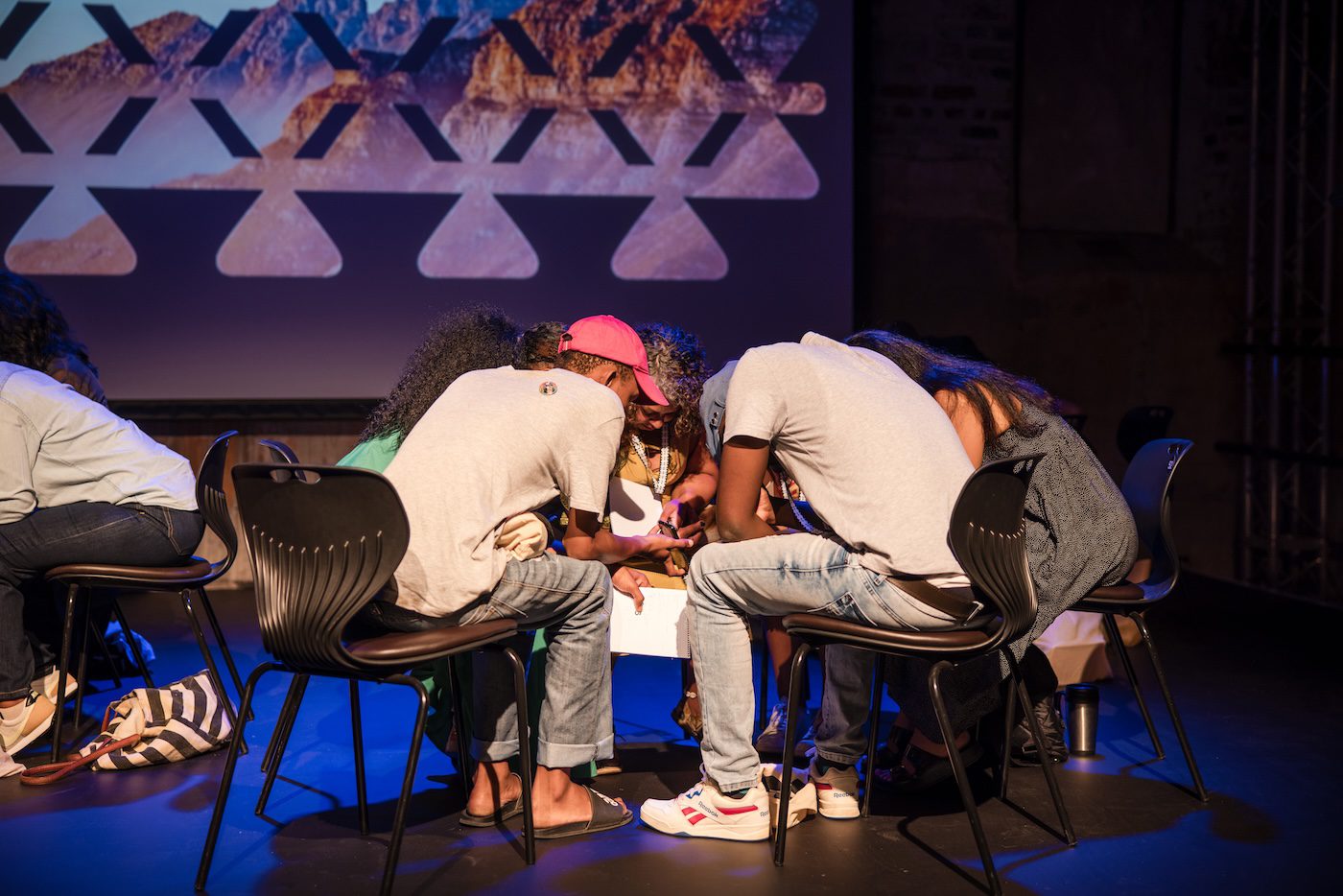
Karen Winter Photography/ Courtesy of the French Institute of South Africa
The idea of the “new museum” was explored and exposed to be limited and limiting for the kind of work such institutions now house. Central to this critique was the lack of a language to express the pain of the past in relation to museums and archives and the role they played historically. All these conversations happened after what was termed as Maqoma’s last dance: a blitzkrieg of a dance routine that went deep into the abyss of Black nothingness, hankering and hoping to retrieve something, anything to make meaning of Black life.
Curator Betty Karanja hosted an informative session aptly titled “Fostering Community Engagement in the Preservation of Prehistoric Heritage” which diligently engaged strategies of preservation and the ideological and political dimensions of heritage and archival work. Historian Mwayi Lusaka approached the discussion “Whose Museums? Collaboration and Contestation over Heritage Management,” focusing on the Cultural and Museum Centre Karonga in Malawi, on similar grounds. Lusaka impressed upon us that most African countries are still struggling to emerge from the underdevelopment that the West left in its wake, and discussed the impact of this on the infrastructure of African cultural institutions.
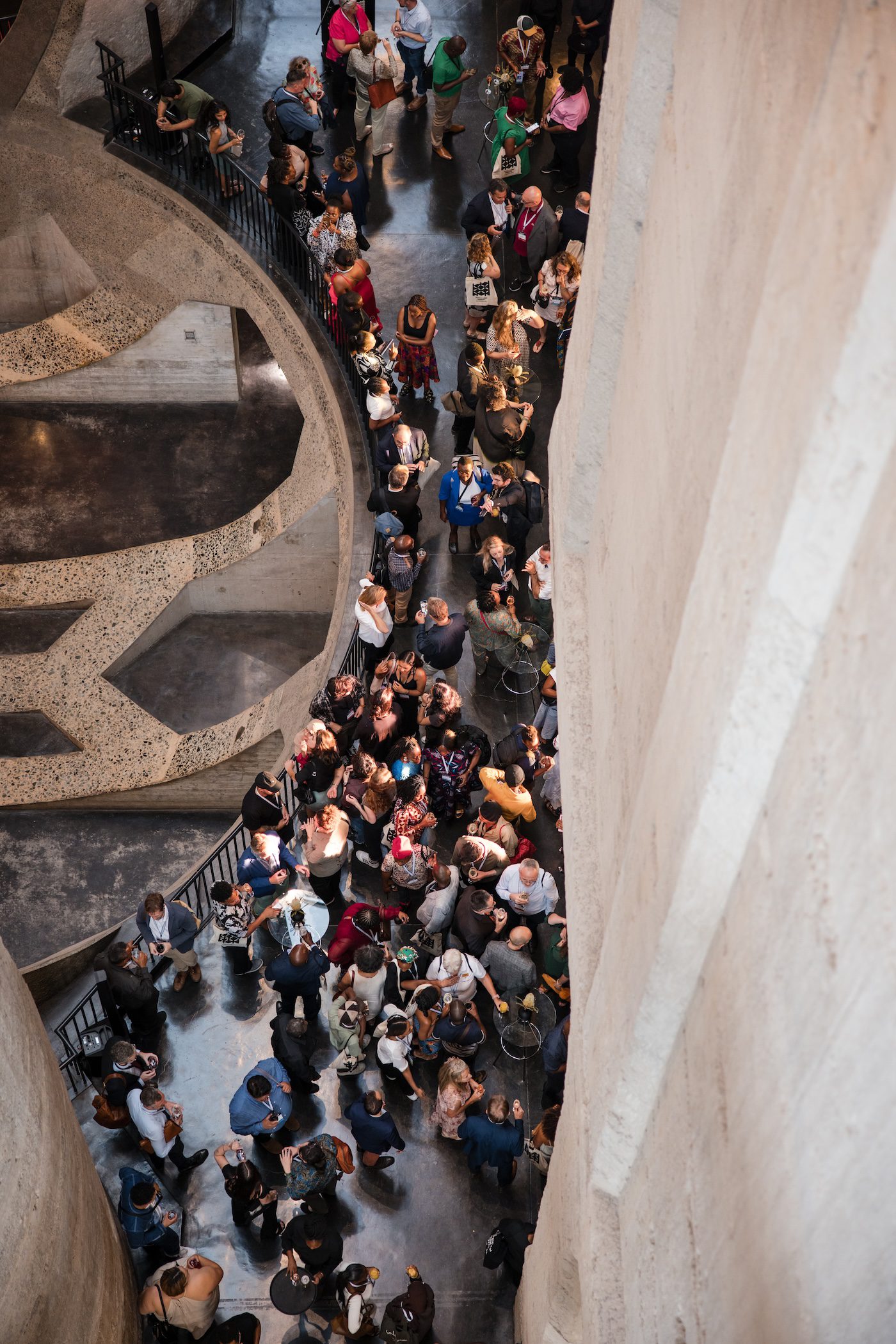
Karen Winter Photography/ Courtesy of the French Institute of South Africa
Discussions on the last day focused on the digitization of the archive, thinking critically about the (un)just uses of digital media and the reproduction of digital exclusions which structure a persistent digital divide in African countries. In “Heritage and Art: The Role of Private and Corporate Collectors in Valuing and Preserving African Heritage” and “Let’s Talk Money: How Do We Pay for Heritage,” the problem of financial support for African art emerged without sufficiently exhausting its contradictions. For example, in the former discussion art lawyer Benjamin Fellous and collector Louis Norval intimated that African art is in the doldrums if it’s not hoarded by rich families and their trusts or shipped off to the West.
All these issues remind us that we need to take the implications of language and access more seriously; that is, by proactively exploring how the work of the museum and the archive will be communicated to foster inclusivity and a wider reach for knowledge production. It remains the major task of specialists and the general public to consider sustainable, unconventional modes of translating the work of the museum (and its contents) to communities.
Vusumzi Nkomo is a writer and educator based in Cape Town.
HISTOIRES D'EXPOSITIONS
C&’s second book "All that it holds. Tout ce qu’elle renferme. Tudo o que ela abarca. Todo lo que ella alberga." is a curated selection of texts representing a plurality of voices on contemporary art from Africa and the global diaspora.
More Editorial